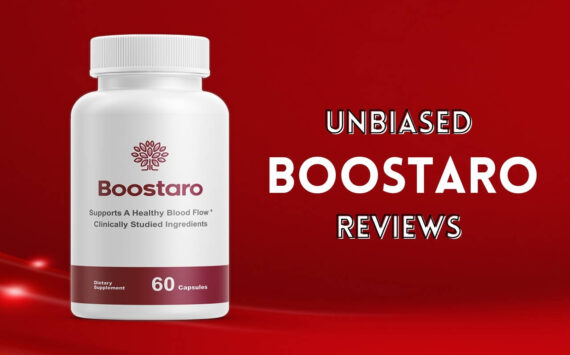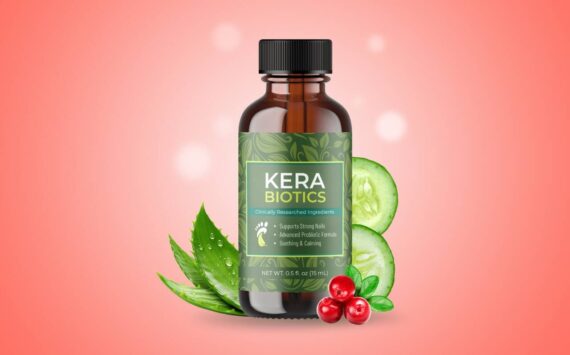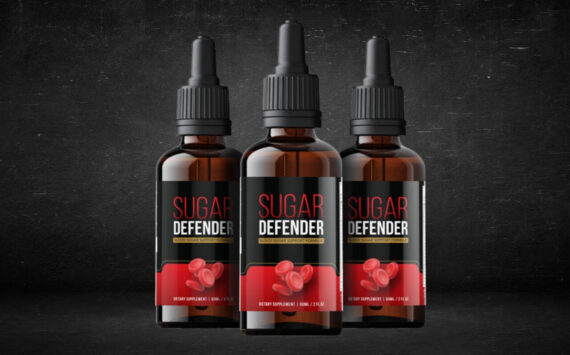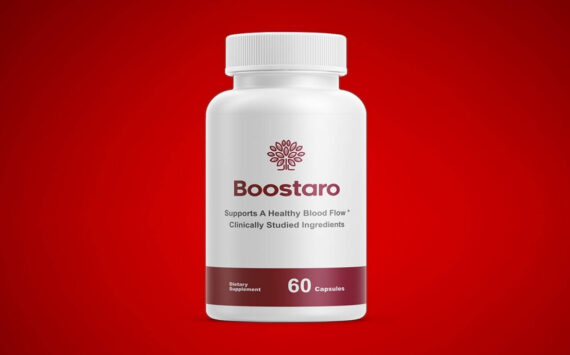Last year I spent my summer vacation landscaping our backyard. Not exactly an exotic destination but it was something the Missus and I had wanted to do for several years. Up to that point a failing drain field had forced us to delay the project. In our planning phase we both considered what we wanted in the garden area we were creating. Perennials for cutting, some small shrubs for spring blooms, fall color and winter interest, espaliered fruit trees, some berries, and of course lots of pots overflowing with seasonal color. And most important for me, some raised boxes for planting vegetables.
When all was said and done I ended up with 4 large boxes measuring 6 feet across and 14 feet long. The boxes are made from treated lumber, 2 by 10’s to be specific and are filled with a good quality top soil that is rich in organic matter. The boxes were filled last fall and have been settling and mellowing out over the winter and are now ready to plant. If only the weather would improve I could be harvesting radishes by now.
Raised beds are a great way to grow vegetables (or flowers for that matter). You can build them from new materials like treated lumber or concrete blocks or recycled products like railroad ties or broken concrete sidewalk pieces. If you are concerned about using ties or treated lumber that contain chemicals then you can always line the inside of the boards with plastic so the soil does not come in contact with the wood. Whatever you end up using, make them at least 10-12 inches high or higher if you can afford it.
Raised beds have the advantage of letting you get an early start to the season. There are two reasons for that. First, because you are importing soil into the beds you can add a fast draining soil with lots of sand and organic matter that will dry out earlier then our native glacial tills. If your beds are small then just purchase some good quality potting soil in 1-2 cubic feet bags. For larger projects consider bulk material, it’s a lot cheaper. The second reason for getting a jump on the season is that as the sun shines on the sides of your beds it warms the soil much faster. The warmer the soil, the sooner you can plant.
One other advantage to building raised beds with wood is that you can attach PVC hoops to the wood and create a mini-greenhouse by placing plastic film over the hoops in the early season to jumpstart the growing process. You can also do the same thing in the fall to extend the season. Just be sure you remove it on sunny days or you will cook everything in no time at all. It’s not a pretty sight when this happens.
Normally, by the end of April I would have already planted all my cool season crops. By cool season I mean the vegetables that like to grow in the early spring before it gets hot (like that’s ever going to happen this year). Most root crops like beets, carrots, onions and potatoes go in now. Leaf crops like lettuce, romaine, Chinese cabbage and spinach also do best now. Cabbage, cauliflower, broccoli and brussel sprouts need to be planted now and finally, don’t forget that peas do best in the cool season. In fact, all I have got in the ground at this point are some Walla Walla onions. I have high hopes of planting a bunch more things in the next week.
Once the soil temperatures rise above 55 degrees then it is safe to put in the warm season vegetables. You can purchase a soil thermometer for under ten bucks if you want to know exactly when that magic event happens but practically speaking, mid to late May is usually a fine time to plant tomatoes, peppers, egg plant, beans, corn, cucumbers and squash. And finally, if you really want to grow Basil, don’t plant it before June unless you enjoy watching it rot in the ground.
So with the price of food going up and up and the price of gas to get to the grocery store also going up, you should consider a few raised vegetable beds in your yard this year. The investment will pay for itself in one or two seasons and you will be eating the freshest, tastiest and healthiest vegetables you have ever eaten in your life. And you’ll have a heck of a good time in the process.
Steve Smith is owner of
Sunnyside Nursery in Marysville, a retail garden center that is celebrating its 60th anniversary this year. You can reach Steve at 425-334-2002 or online at sunnysidenursery@msn.com.







